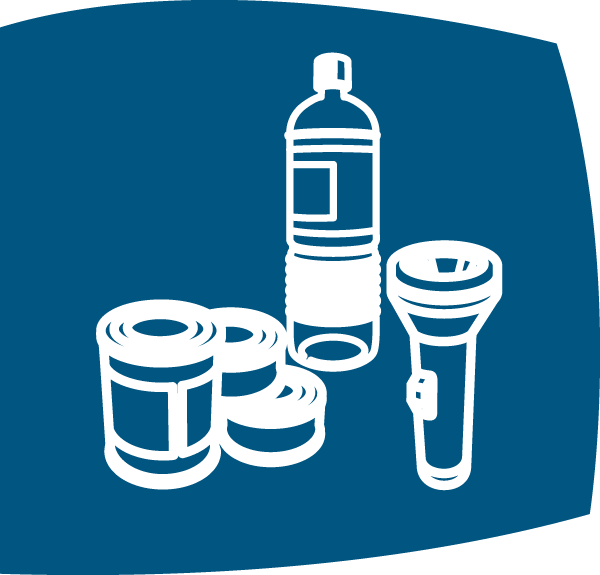Emergency Preparedness
The City of St. John's is responsible for ensuring that mitigation measures, response and recovery plans are in place for all hazards including natural, technological and human caused disasters. Our staff regularly train and exercise with our emergency partners to ensure a constant state of readiness.
Being prepared is a shared responsibility and individual residents and businesses can help by making sure that they are ready for 72 hours. By taking the three simple steps below, you and your family will be prepared for the first 72 hours of a disaster.
 Know the Risks
Know the Risks
Although the consequences of various disasters can be similar, knowing the risks in Eastern Newfoundland can help you better prepare. Across Canada, we face a number of hazards, such as floods in many provinces, earthquakes in British Columbia, blizzards in Nunavut and tornadoes in Ontario. In addition to natural disasters, there are other types of risks, such as power outages and industrial or transportation accidents. A more detailed list of hazards specific to Newfoundland and Labrador, click here.
Make a plan
Every Canadian household needs an emergency plan. It will help you and your family know what to do in case of an emergency. It will take you about 20 minutes to make your plan.
Your family may not be together when an emergency occurs. Plan how to meet or how to contact one another and discuss what you would do in different situations.
A great resource for making a plan can be found here. To see an informative video please click here.
 Get a Kit
Get a Kit
In an emergency, you will need some basic supplies. You may need to get by without power or tap water. Be prepared to be self-sufficient for at least 72 hours.
You may have some of the items already, such as food, water and a battery-operated or crank flashlight. The key is to make sure they are organized and easy to find. Would you be able to find your flashlight in the dark?
Make sure your kit is easy to carry and everyone in the household knows where it is. Keep it in a backpack, duffle bag or suitcase with wheels, in an easy-to-reach, accessible place, such as your front-hall closet. If you have many people in your household, your emergency kit could get heavy. It’s a good idea to separate some of these supplies in backpacks. That way, your kit will be more portable and each person can personalize his or her own grab-and-go emergency kit.
For some helpful hints on building a kit, click here. To see an informative video please click here.
